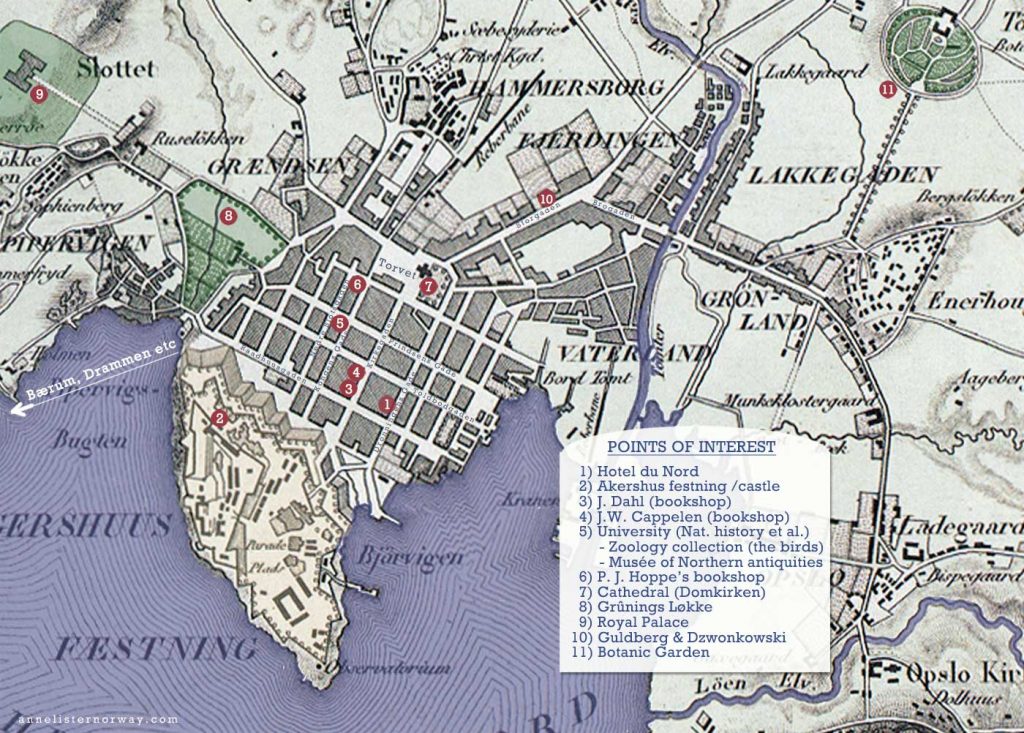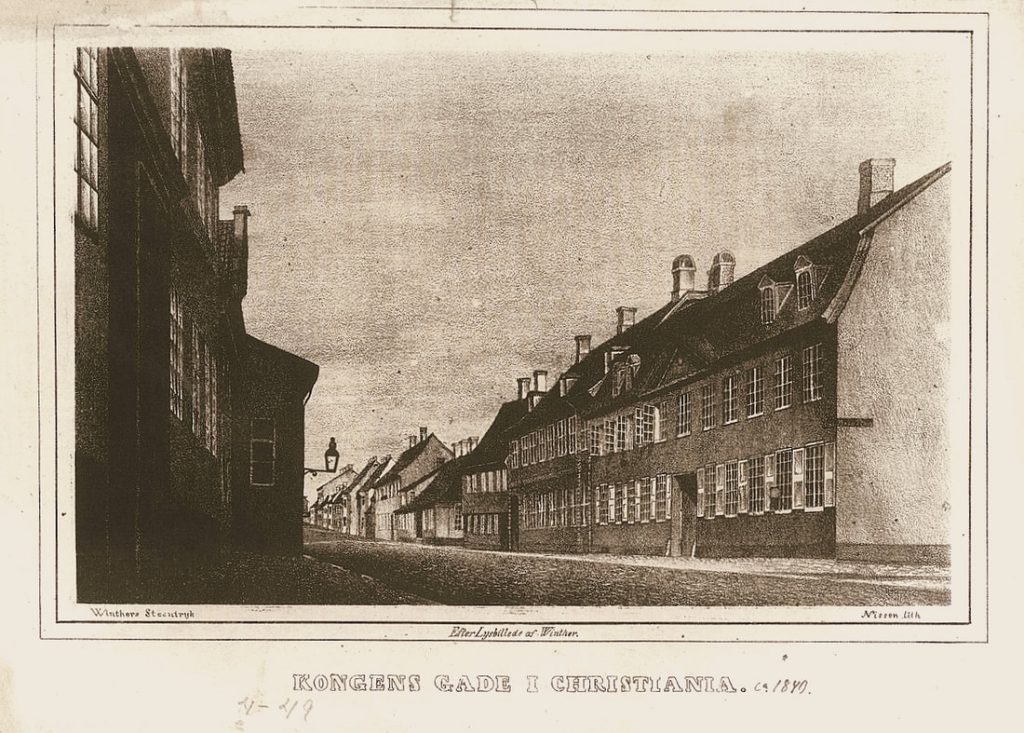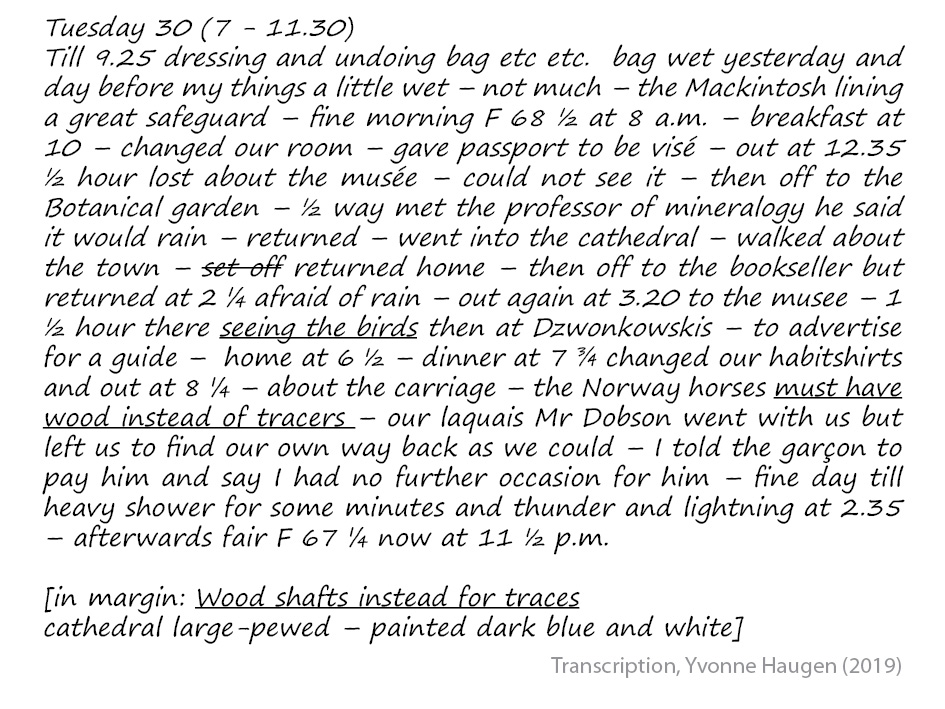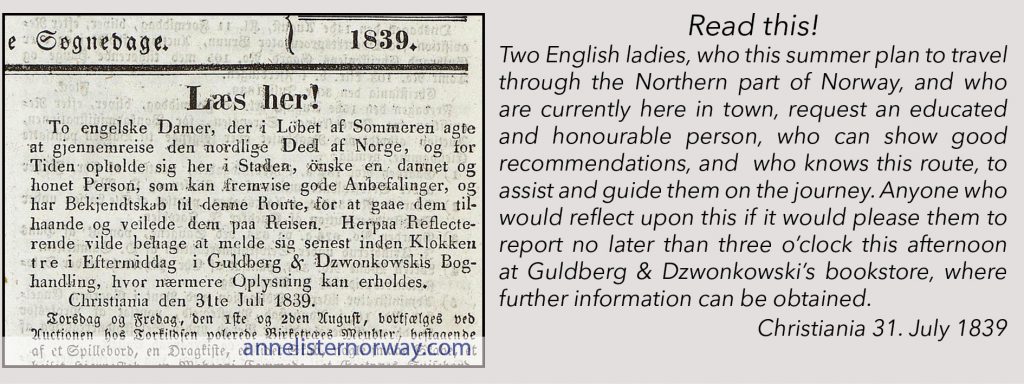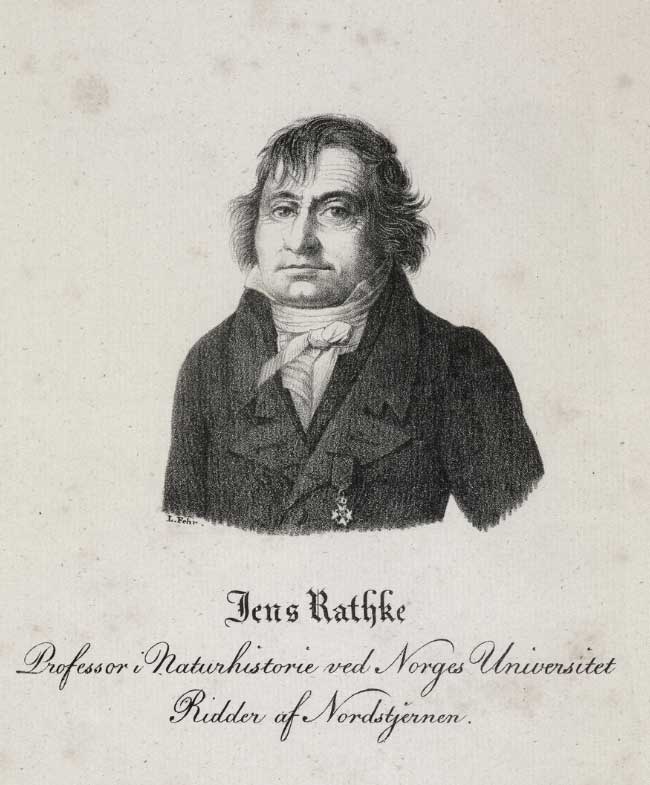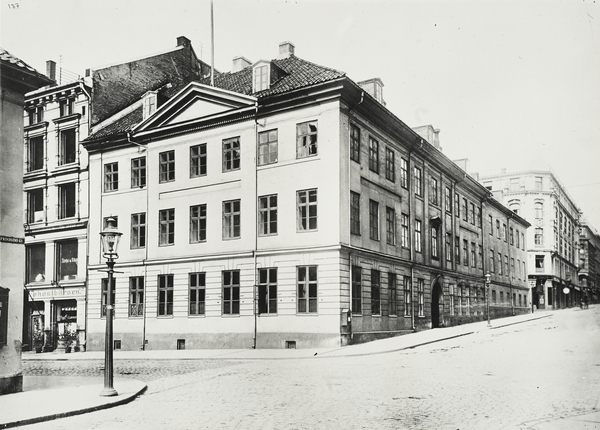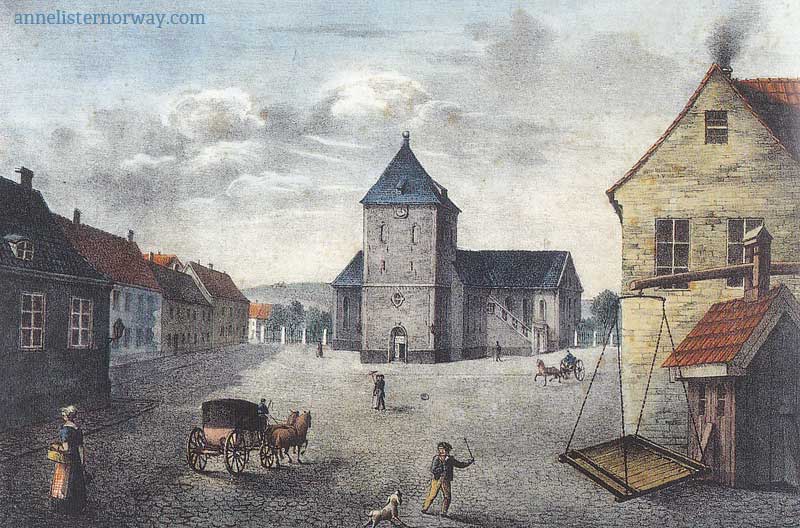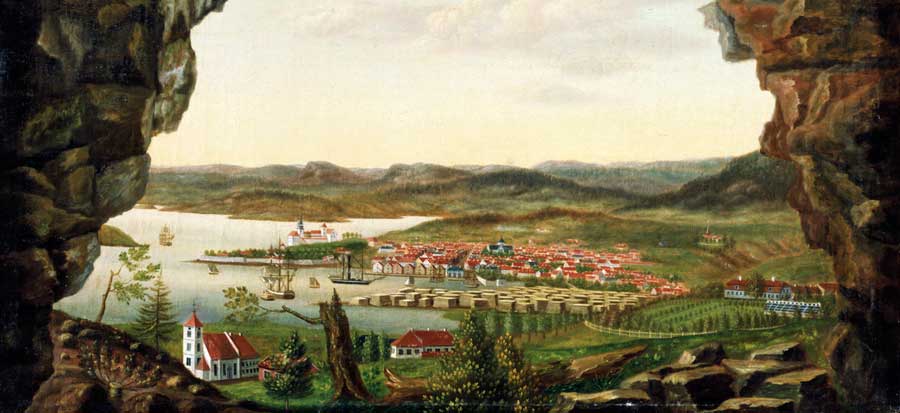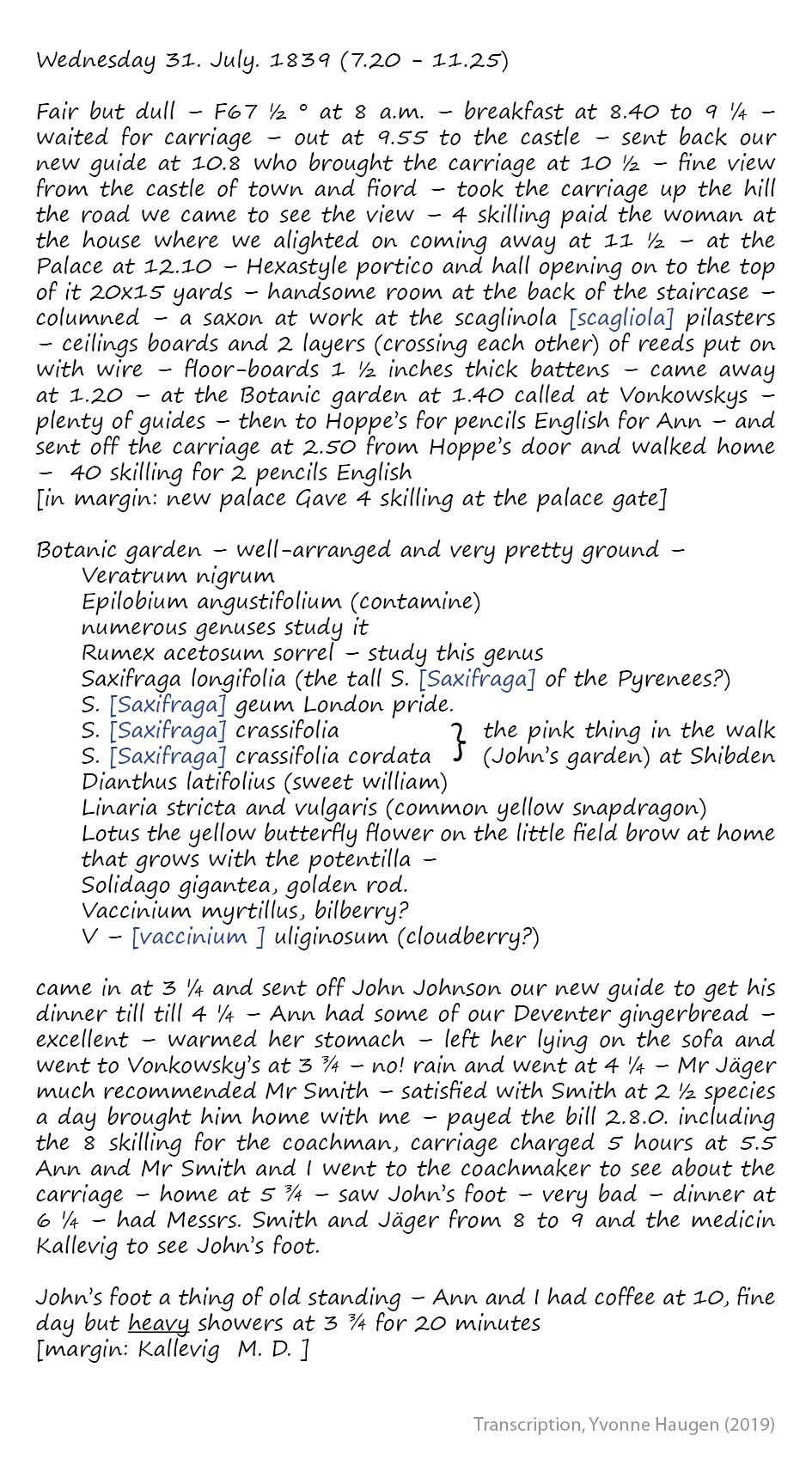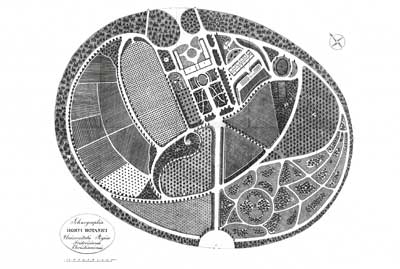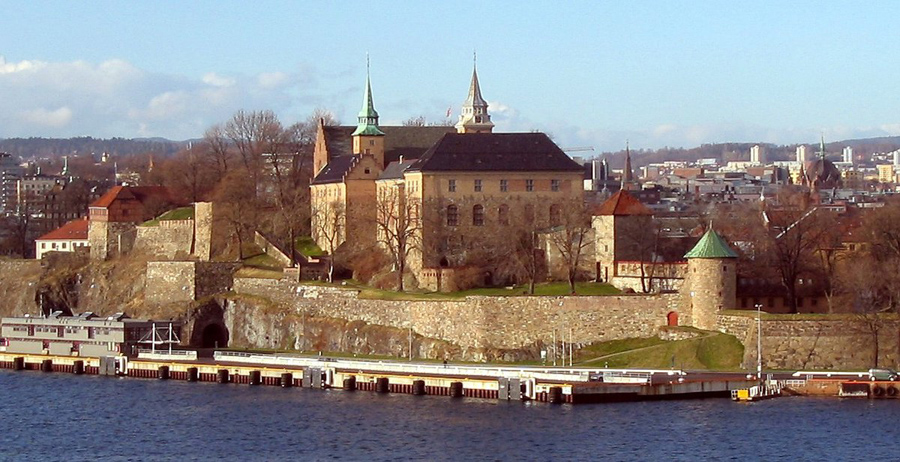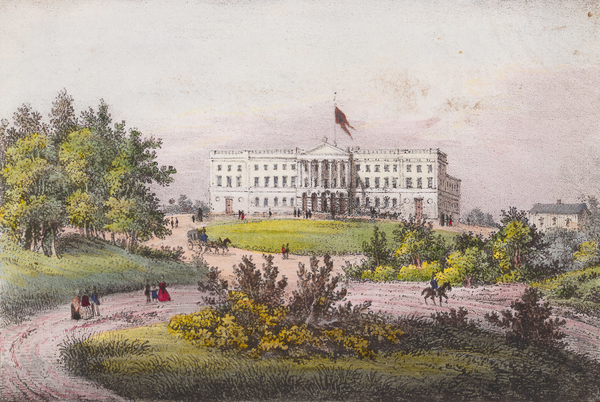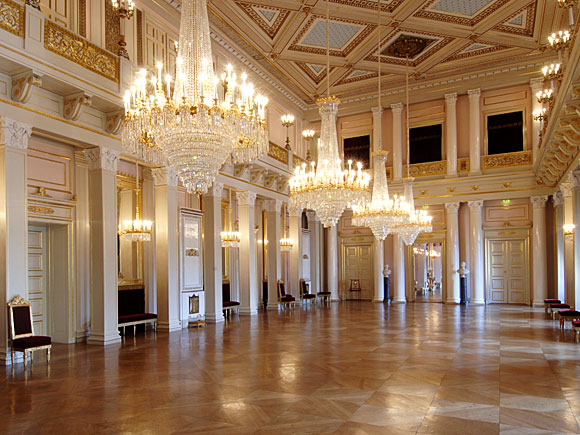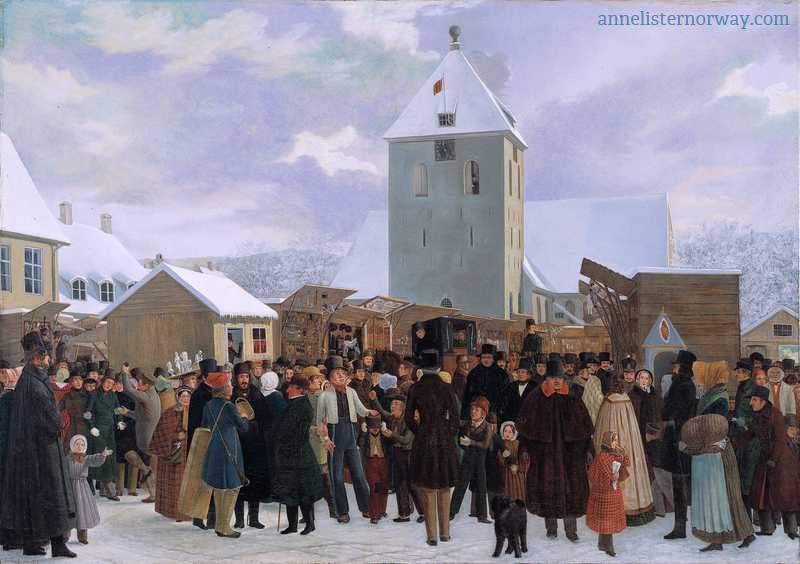Veratrum nigrum – black false hellebore
Current location in garden: Fjellhagen: Bed 9 (F-09) (Accession: F 1970-2047).
This plant has medicinal use.
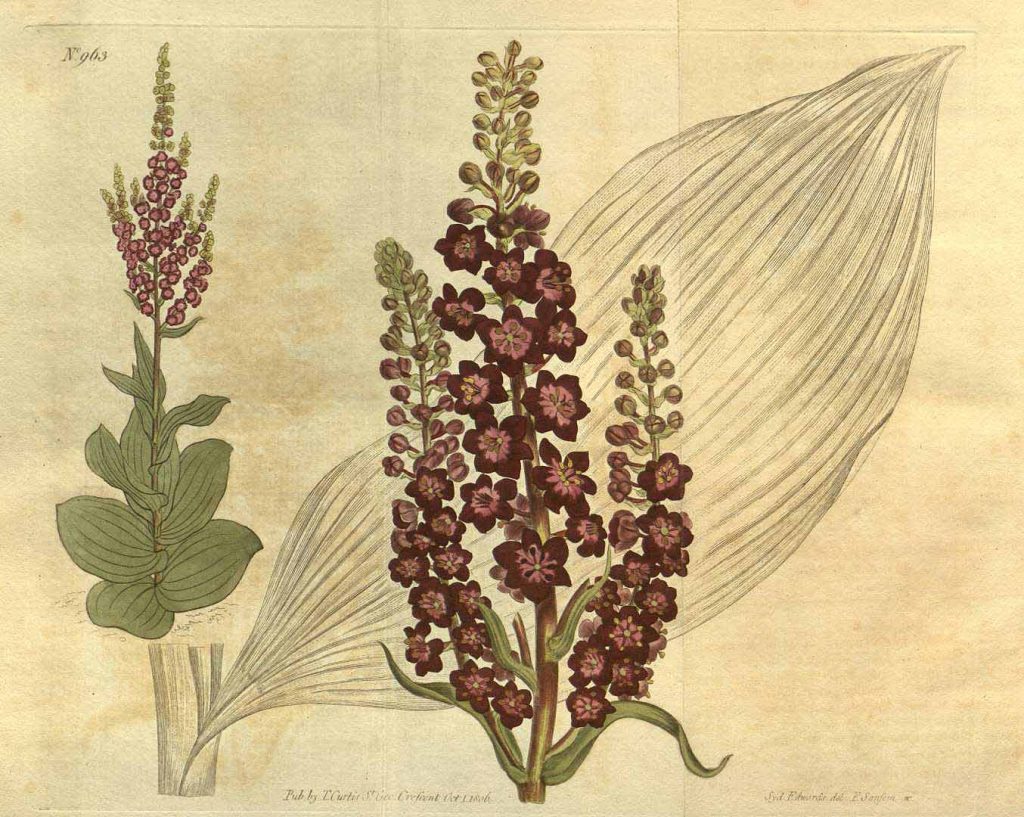
Illustration from plantillustrations.org
Veratrum nigrum was used as an ornamental plant in European gardens at least as far back as 1773. It was in common use in 1828, and Charles Darwin grew it in his garden in the 1840s. The plant is still widely used in gardens in Europe and Asia because of its striking black flowers. It is also used to add height to a garden, and as a means of providing a darker backdrop to more brightly colored plants and flowers. The large seed pods weather winter well (tending not to drop in high wind), and it can be a striking winter ornamental seedpod plant as well.
This plant has gained the Royal Horticultural Society’s Award of Garden Merit.
Propagation is by seed or by division. However, a plant generally takes seven years to reach maturity and flower. Snails and slugs feed on the plant’s rhizomes and leaves, so gardeners must take care to keep these pests away.
Toxicity
All parts of the plant are highly toxic. However, the highest concentrations of toxins tend to be in the rhizome. Toxicity varies widely depending on the method of preparation (extract, water extract, etc.), and the method of application. Just 1.8 grams (0.063 oz) per 1 kilogram (2.2 lb) can cause death due to cardiac arrhythmia. Death has even occurred at a dosage as low as 0.6 grams (0.021 oz).
Veratrum nigrum contains more than 200 steroid-derived alkaloids, including isorubijervine, jervine, pseudojervine, rubijervine, tienmuliumine, tienmuliluminine, and verazine. The herb causes irritation of mucous membranes. When ingested, the irritation of the mucosal membranes of the stomach and intestines will cause nausea and vomiting. If the herb is introduced to the nose, this mucosal irritation will cause sneezing and coughing. Ingestion can also cause bradycardia (slow heart rate), hyperactivity, and hypotension (low blood pressure). In high concentrations, topical contact can cause skin irritation, excessive tears from the eyes, and redness.
Classic symptoms of Veratrum nigrum toxicity include blurred vision, confusion, headache, lightheadedness, nausea, stomach pain, excessive sweating, and vomiting. In severe cases, heart arrhythmia, muscle cramps, extreme muscle twitching, paresthesia (the feeling of “pins and needles” all over the body), seizures, weakness, and unconsciousness occur. Death may follow.
Toxic symptoms generally resolve themselves after 24 to 48 hours. Supportive treatment for the symptoms is usually administered. Because extreme vomiting occurs, decontamination (e.g., stomach pumping or the ingestion of activated charcoal) is usually not implemented unless ingestion has occurred within one hour. Atropine is usually administered to counteract the low heart rate, and sympathomimetic drugs and liquids administered to raise the blood pressure.
The herb is also a known teratogen. However, no data exists on whether it can cause birth defects in human beings.
Medicinal usage
The dry root of Veratrum nigrum can lower blood pressure and slow heart rate, possibly by stimulating the vagus nerve, if taken in small doses internally. It has been used to treat hypertension and cardiac failure, and to treat pre-eclampsia during pregnancy. It has been found to act as an antibiotic and insecticide. Cyclopamine (11-deoxojervine) is one of the alkaloids isolated from the plant which interferes with the hedgehog signaling pathway (Hh). Cyclopamine is under investigation as a possible treatment for several cancers (such as basal cell carcinoma and medulloblastoma) and skin disorders (such as psoriasis), which result from excessive Hh activity.
The dried rhizomes of Veratrum nigrum have been used in Chinese herbalism. All of the false hellebore species are collectively called “li lu” in China. Li lu is administered internally as an emetic, and is also used topically to kill parasites (such as tinea and scabies) or to stop itching. It was most widely used to treat vascular disease. Some herbalists refuse to prescribe li lu internally, citing the extreme difficulty in preparing a safe and effective dosage.
More at wikipedia
Back to article on Botanic Garden
